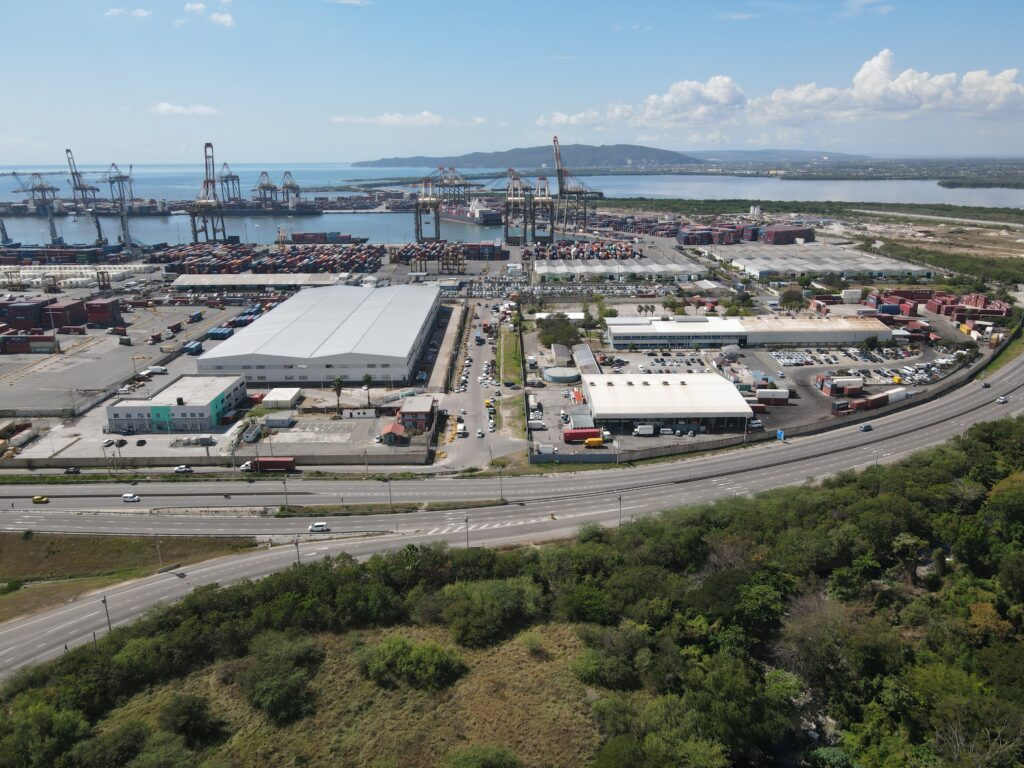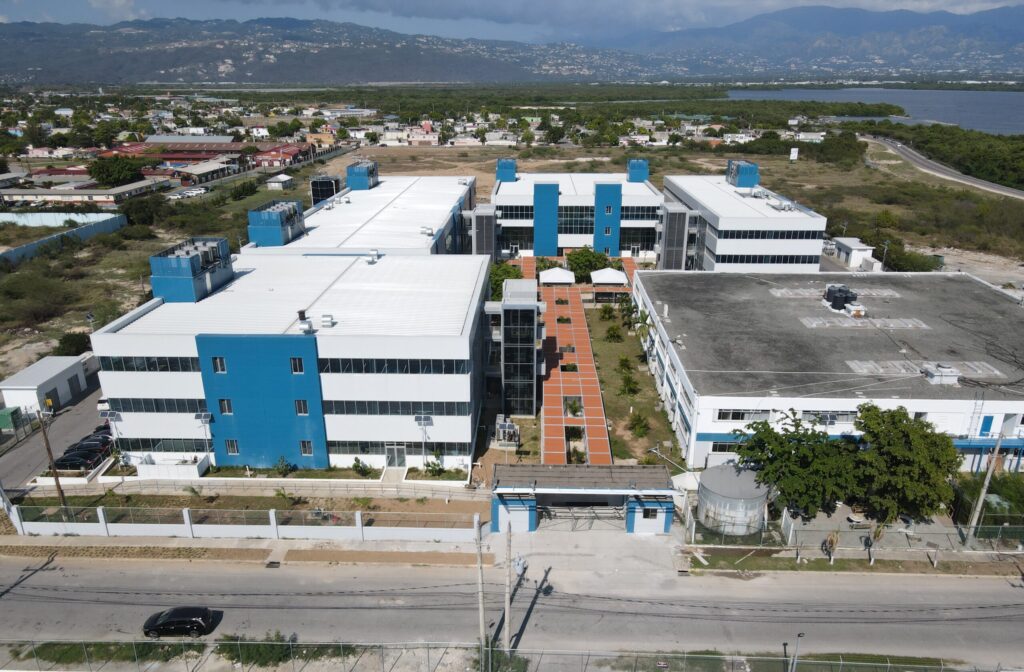Our Business in Brief
The PAJ generates revenues from key business segments mainly cargo, cruise, marine services, logistics and Special Economic Zones (SEZ). The Authority is committed to supporting the Government of Jamaica (GOJ) in achieving its Vision 2030 and Sustainable Development Goals, and as such, PAJ’s operations are tailored to bring economic growth and development across all its business segments and maintain long term financial viability.
Cargo Operations
Cargo activity is the main segment of PAJ’s operations. The Authority regulates 17 cargo ports across Jamaica, to include:
- Three (3) public ports that focus on domestic and transshipment cargo.
- Fourteen (14) private ports that handles bulk and liquid cargo such as bauxite, petroleum / fuel, aggregates, steel, cement and other raw materials.
The Kingston Container Terminal (KCT)
Since July 1, 2016, Kingston Container Terminal is operated by Kingston Freeport Terminal (KFTL), by way of a 30-year Build Operate Transfer (BOT) Concession Agreement. KFTL is a subsidiary of the CMA CGM Group, the 2nd largest global shipping line. Based on the CA, PAJ earns revenue from the annual concession fees, which have a fixed and a variable portion, which is a percentage of gross revenues earned by KFTL.
For more information visit https://www.kftl-jm.com/
The Port of Montego Bay
A multi-use port that handles cargo including petroleum and Liquified Natural Gas as well as cruise passengers. It is managed by Port Handlers Limited (PHL) through a management agreement. PHL is paid a management fee in accordance with the management agreement.
Cruise Shipping
PAJ is responsible for the development, operations and maintenance of cruise ports across the island.
There are five (5) cruise port facilities which include:
- Port of Montego Bay managed by Port Handlers Limited through the use of management agreements.
- Historic Port of Falmouth
- Port of Ocho Rios managed by Lanaman and Morris through use of management agreements.
- Ken Wright Pier and the adjoining Errol Flynn Marina in Port Antonio, Portland
- Historic Naval Dockyard in Port Royal.
Marketing for cruise shipping is undertaken by the Port Authority of Jamaica under its “Cruise Jamaica” brand.
Visit www.cruisejamaica.com for more information.
Harbour & Port Services
The Harbour Master, who is head of the Harbours and Marine Services segment is responsible for ensuring the safe passage and navigation of all vessels in and out of Jamaica’s waters.
The services provided by the department include the maintenance of:
The harbour and navigational aids such as buoys, beacons and lighthouse.
Equipment and motor vessels that are used to support the activities of the ports
Additionally, the segment manages and administrates:
The tug service which is currently operated by a private entity by way of a 15-year Concession Agreement.
The marine pilot services and the pilot boats which are owned by the PAJ. These operations are extended island wide at the port facilities comprising:
- 5 cruise ports
- 14 private cargo ports (sufferance wharves)
- 3 public cargo ports
Special Economic Zone and Logistics Investment
The PAJ is involved in the development and investment in Special Economic Zones (SEZ) and logistics facilities geared at creating attractive opportunities for local and foreign investors.

To provide efficient and technologically advanced commercial Information and Commercial Technology (ICT) and industrial facilities and services, which are globally competitive and satisfying to our customers’ needs, through a sensitive and customer focused staff, in a comfortable and productive environment, conducive to profitability and growth.
To be the leading provider of commercial and industrial facilities and services in the Americas

Objectives of the SEZs
Create employment opportunities
Generate foreign currency earnings for the national economy
Create backward linkages with the domestic economy
Generate a profit from operations
Facilitate the transfer of technology, particularly through the enhancement of the productive skills of the workforce employed within the Free Zone
